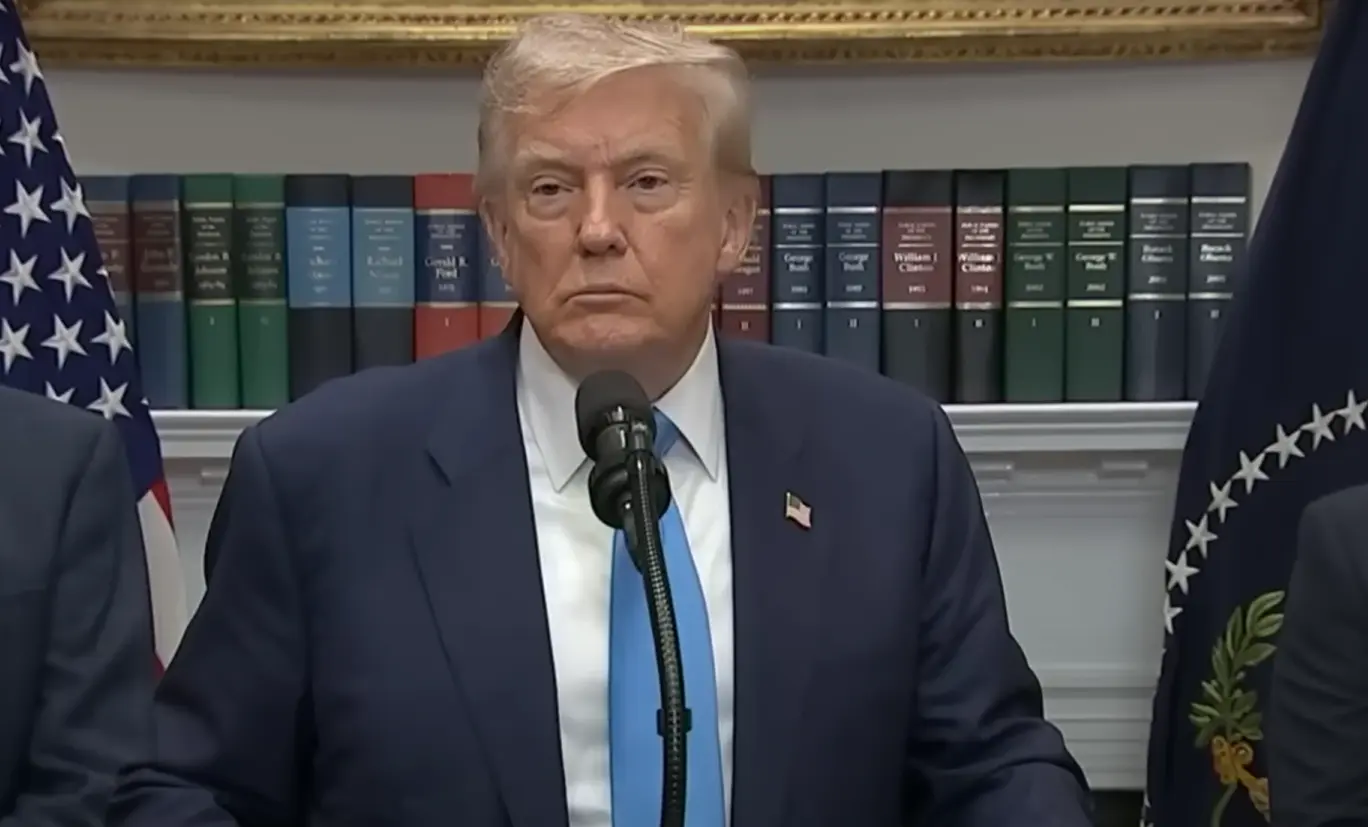
The White House issued an executive order pushing the effective date to August 7, 2025.
Trump’s Tariff Deadline Drama – In a dramatic twist to the ongoing trade tensions between the United States and India, President Donald Trump has announced a 25% tariff on Indian exports, citing trade imbalances and India’s continued purchases of Russian oil and arms. While the tariff was initially set to take effect on August 1, 2025, the White House has now deferred the implementation to August 7, offering a brief grace period for customs adjustments and last-minute negotiations.
This blog unpacks the reasons behind the deferral, the political and economic implications and Prime Minister Narendra Modi’s response to the escalating trade feud.
The Tariff Deadline Drama: Why Trump Deferred the Tariff Date
The original deadline for the new reciprocal tariffs was August 1, a date Trump had repeatedly emphasized as non-negotiable. However, just hours before the deadline, the White House issued an executive order pushing the effective date to August 7, 2025.
Reasons for the Deferral:
- Customs Readiness: U.S. customs officials reportedly needed time to update systems and processes to accommodate the new tariff structure.
- Grace Period for Exporters: The delay allows Indian exporters to adjust shipments already in transit or scheduled for dispatch.
- Diplomatic Signaling: While not officially labeled an extension, the deferral gives India a narrow window to re-engage in trade talks and potentially soften the blow.
White House officials clarified that this was not a concession, but a technical grace period to ensure smooth implementation.
What the Tariff Means for India
The 25% tariff applies broadly to Indian goods entering the U.S., affecting sectors such as:
- Textiles and garments
- Pharmaceuticals
- Electronics and mobile components
- Gems and jewelry
- Automobile parts
India exported over $86 billion worth of goods to the U.S. in FY 2024-25, making America its largest trading partner. The new tariff could significantly dent India’s export competitiveness, especially in labour-intensive sectors.
Trump also hinted at an additional penalty for India’s continued energy and defense ties with Russia, though details remain vague.
Modi’s Response: Caution, Strategy, and National Interest
Prime Minister Narendra Modi’s government has taken a measured and strategic approach in response to Trump’s tariff announcement.
Official Statement:
India’s Commerce Ministry stated that it is “studying the implications” of the tariff hike and will take “all necessary steps to safeguard national interest”.
Ministerial Action:
Commerce Minister Piyush Goyal addressed Parliament, reaffirming India’s commitment to protecting:
- Farmers
- MSMEs
- Small entrepreneurs
He emphasized that trade talks with the U.S. are ongoing and that India remains open to a fair and balanced agreement.
Russian Oil Factor:
Sources within the Indian government revealed that the discount on Russian oil has ended, and Indian refiners are now exploring cheaper alternatives. This shift is seen as a pragmatic move, not a concession to U.S. pressure.
Political Reactions: Opposition Slams Modi, Calls for Assertiveness
The tariff announcement triggered a political firestorm in India.
Opposition Criticism:
- Rahul Gandhi echoed Trump’s “dead economy” remark, saying it reflects the reality of India’s economic condition.
- Mallikarjun Kharge accused Modi of remaining silent and failing to uphold India’s strategic autonomy.
- Asaduddin Owaisi called Trump a “buffoon-in-chief” and urged Modi to defend India’s sovereignty.
- AAP’s Sanjay Singh demanded a strong rebuttal from Modi, calling the tariff an insult to India.
BJP’s Defense:
BJP leaders countered the criticism, asserting that India will negotiate from a position of strength and that Modi’s foreign policy remains robust.
Economic Impact: What’s at Stake?
Economists estimate that the tariff could shave off 30 to 50 basis points from India’s GDP growth in FY 2025–26. Key concerns include:
- Export contraction in textiles, electronics, and pharmaceuticals
- Supply chain disruptions
- Investor uncertainty in sectors like mobile manufacturing (e.g., Apple’s India plans)
However, India’s diversified trade portfolio and growing domestic market may cushion some of the impact.
Geopolitical Undercurrents: Russia, BRICS, and Strategic Autonomy
Trump’s tariff decision is not just economic-it’s deeply geopolitical.
Key Triggers:
- India’s membership in BRICS, which Trump views as anti-U.S.
- Continued military and energy ties with Russia
- India’s refusal to align fully with U.S. positions on Ukraine
Trump’s rhetoric suggests a desire to punish India for its independent foreign policy, raising concerns about the erosion of strategic autonomy.
Final Thoughts: A Test of Diplomacy and Resolve
The deferral of Trump’s tariff deadline offers India a brief window to recalibrate its strategy. While the 25% tariff is set to take effect on August 7, the Modi government is expected to:
- Intensify backchannel negotiations
- Explore WTO remedies
- Diversify export markets
- Strengthen domestic manufacturing resilience
This episode is a litmus test for India’s diplomatic agility and economic preparedness. As the world watches, the stakes are high, not just for trade, but for India’s place in the global order.
Modi Government Responds to Trump Tariff Shock of 25%: “Will Take All Necessary Steps”
1 thought on “Trump’s Tariff Deadline Drama for India: A Delicate Dance of Power And Modi’s Response”
Comments are closed.